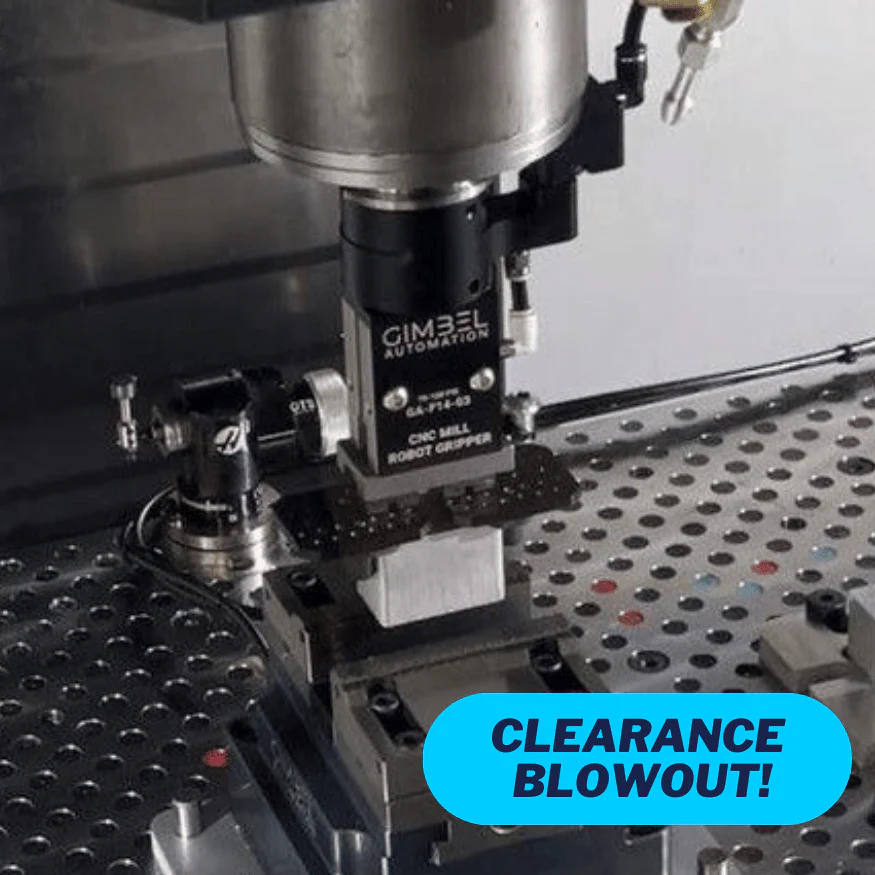
Enhancing Machining Precision with CNC Spindle Grippers
In the world of CNC machining, precision and efficiency are paramount. Every component of the CNC machine plays a crucial role in achieving the desired outcome, and among these components, the spindle gripper stands out as a vital element. CNC spindle grippers ensure that the cutting tool remains securely in place during operations, directly impacting the accuracy and quality of the machined parts.
What Are CNC Spindle Grippers?
CNC spindle grippers are devices designed to hold the cutting tool firmly within the spindle of a CNC machine. The spindle, which rotates at high speeds, drives the cutting tool into the workpiece. To maintain the precision and stability of the machining process, the tool must be securely held in place, and this is where CNC spindle grippers come into play.
The primary function of CNC spindle grippers is to grip the tool with enough force to prevent any slippage or movement during the machining process. This ensures that the tool maintains its exact position, which is critical for producing parts with tight tolerances and consistent quality.
How CNC Spindle Grippers Work
The operation of CNC spindle grippers is based on a combination of mechanical and pneumatic principles. When the cutting tool is inserted into the spindle, the gripper engages, clamping onto the tool with sufficient force to hold it in place. This gripping action is usually achieved through mechanisms such as spring-loaded clamps, pneumatic actuators, or hydraulic systems.
- Mechanical Grippers: These grippers use mechanical components like springs or cams to apply force to the tool. They are simple, reliable, and require minimal maintenance, making them a popular choice for many CNC applications.
- Pneumatic Grippers: Pneumatic grippers use compressed air to generate the necessary gripping force. They offer precise control over the gripping pressure, making them ideal for applications that require high accuracy. Pneumatic grippers are often used in automated CNC systems where quick tool changes are necessary.
- Hydraulic Grippers: Hydraulic grippers use fluid pressure to clamp onto the tool. These grippers are typically employed in heavy-duty CNC machines where significant force is required to hold large or heavy tools. Hydraulic grippers are known for their strength and reliability, making them suitable for industrial applications.
The Importance of CNC Spindle Grippers in Machining
CNC spindle grippers play a critical role in ensuring the accuracy and precision of the machining process. Without a secure grip on the tool, any movement or slippage could result in inaccuracies, leading to defects in the machined parts. This is particularly important in industries where precision is crucial, such as aerospace, automotive, and medical device manufacturing.
The stability provided by CNC spindle grippers also contributes to the overall efficiency of the machining process. By minimizing tool movement, these grippers reduce the likelihood of tool wear and breakage, extending the lifespan of the cutting tools and reducing the need for frequent tool changes. This leads to shorter production times and lower operational costs.
Types of CNC Spindle Grippers
CNC spindle grippers are available in various designs, each tailored to specific machining needs. The choice of gripper depends on factors such as the type of tool, the material being machined, and the requirements of the CNC machine. Here are some of the common types of CNC spindle grippers:
- Collet Grippers: Collet grippers use a collet, a segmented sleeve that tightens around the tool when the gripper is engaged. Collet grippers provide a strong, even grip and are suitable for holding cylindrical tools.
- Jaw Grippers: Jaw grippers use a set of jaws that close around the tool to hold it in place. These grippers are versatile and can accommodate a wide range of tool shapes and sizes.
- Electromagnetic Grippers: Electromagnetic grippers use magnetic fields to hold the tool. They are particularly useful for holding ferrous tools and can be easily activated or deactivated, making them ideal for automated systems.
- Vacuum Grippers: Vacuum grippers use suction to hold the tool in place. They are often used for delicate tools or materials where traditional mechanical gripping might cause damage.
Selecting the Right CNC Spindle Gripper
Choosing the right CNC spindle gripper is essential for optimizing the performance of your CNC machine. Several factors need to be considered when selecting a gripper:
- Tool Size and Shape: The gripper must be capable of securely holding the specific size and shape of the tool. For example, cylindrical tools may be best held with collet grippers, while irregularly shaped tools might require jaw grippers.
- Material Properties: The material of the tool and the workpiece can influence the choice of gripper. Harder materials may require grippers with higher gripping force, while softer materials might need more delicate handling to avoid damage.
- Machine Specifications: Ensure that the gripper is compatible with your CNC machine’s spindle and operational parameters. This includes checking the maximum gripping force, rotational speed, and tool change capabilities.
- Automation and Speed: If your CNC machine is part of an automated production line, the gripper should support quick and reliable tool changes. Pneumatic and electromagnetic grippers are often preferred for their speed and ease of automation.
- Maintenance Requirements: Consider the maintenance needs of the gripper. Hydraulic grippers, for instance, may require more frequent maintenance than mechanical or pneumatic grippers. Regular maintenance ensures consistent performance and prolongs the life of the gripper.
Innovations in CNC Spindle Grippers
The field of CNC machining is continuously evolving, and so are the technologies behind CNC spindle grippers. Recent innovations have focused on improving the precision, efficiency, and versatility of these essential components:
- Adaptive Grippers: Adaptive grippers are designed to automatically adjust their grip based on the tool and machining conditions. This adaptability allows for a more versatile and efficient machining process, as the gripper can handle a wide range of tools without manual adjustments.
- Smart Grippers: Smart grippers incorporate sensors and advanced control systems that monitor and adjust the gripping force in real-time. This ensures optimal tool stability and reduces the risk of tool slippage or breakage, leading to higher precision and fewer defects.
- Lightweight and Durable Materials: Advances in materials science have led to the development of lighter and more durable grippers. These materials reduce the overall weight of the spindle assembly, allowing for faster rotational speeds and improved energy efficiency.
- Energy-Efficient Designs: As manufacturers increasingly prioritize sustainability, energy-efficient grippers have become more common. These grippers are designed to use less power without compromising on performance, making them an eco-friendly choice for modern CNC operations.
The Future of CNC Spindle Grippers
The future of CNC spindle grippers lies in continued innovation and integration with advanced technologies. As CNC machines become more sophisticated, the demand for grippers that can provide even greater precision and efficiency will only increase. Future developments may include:
- AI-Driven Grippers: Artificial intelligence could play a role in optimizing gripper performance by analyzing machining data and making real-time adjustments to the gripping force. This would enhance the gripper’s ability to adapt to different tools and machining conditions automatically.
- Integration with IoT: The Internet of Things (IoT) could enable grippers to communicate with other components of the CNC machine and the broader production system. This connectivity would allow for better coordination and synchronization, leading to improved overall efficiency.
- 3D-Printed Grippers: Additive manufacturing could allow for the rapid prototyping and production of custom grippers tailored to specific tools or applications. 3D printing could also enable the use of complex geometries and materials that are difficult to achieve with traditional manufacturing methods.
Conclusion
CNC spindle grippers are a critical component of any CNC machining setup, ensuring that tools are held securely in place during high-speed operations. By providing the necessary stability and precision, these grippers contribute to the overall quality and efficiency of the machining process.
As technology continues to advance, CNC spindle grippers will evolve to meet the growing demands of the industry. By staying informed about the latest innovations and selecting the right gripper for your specific needs, you can ensure that your CNC machine operates at its best, delivering precise, high-quality parts every time.





Leave Your Comment